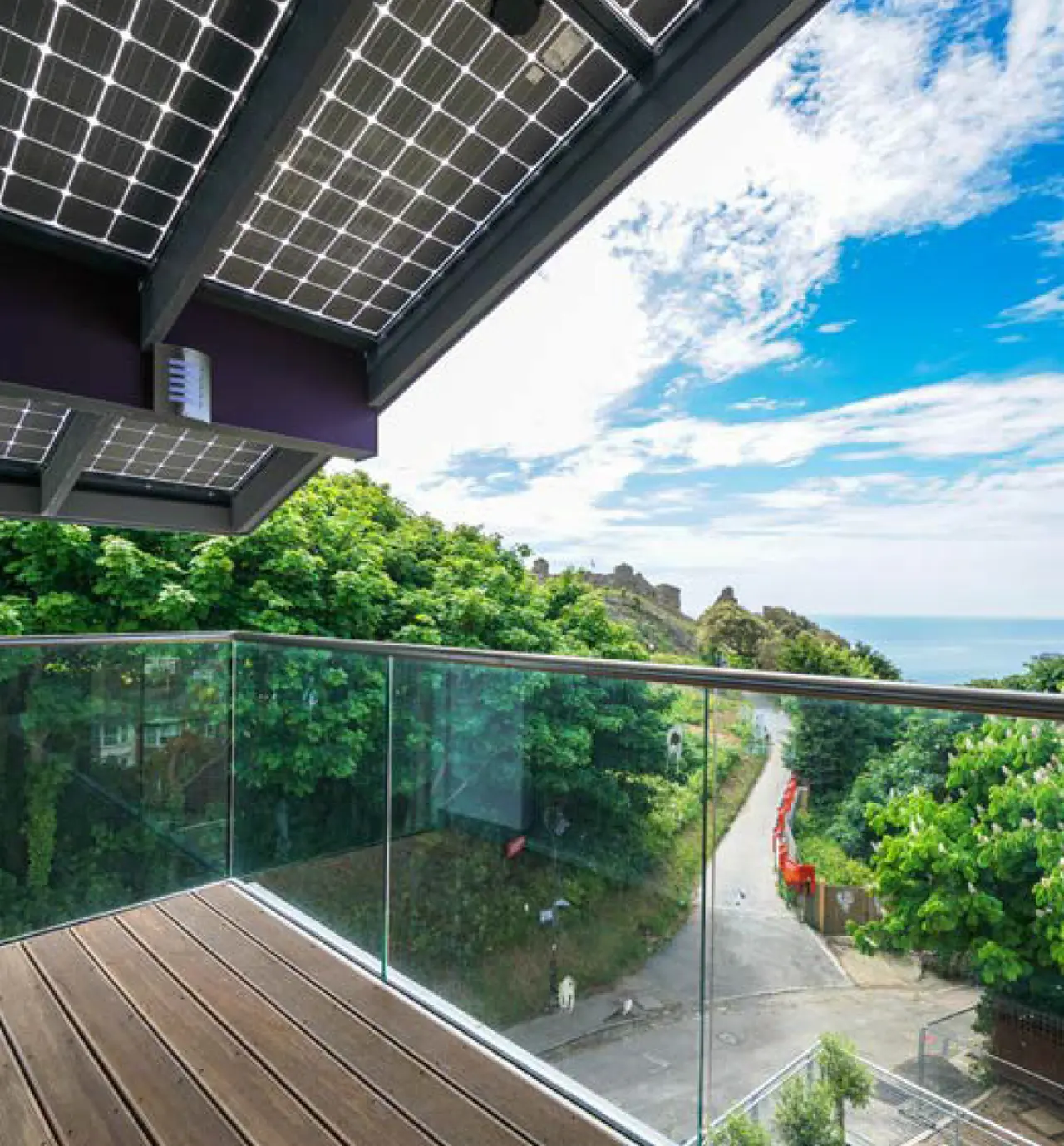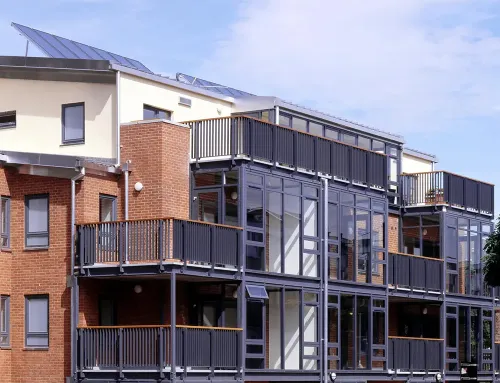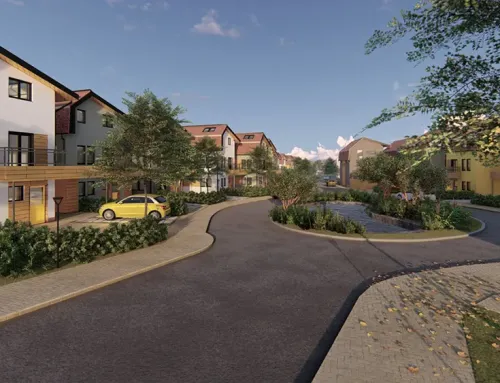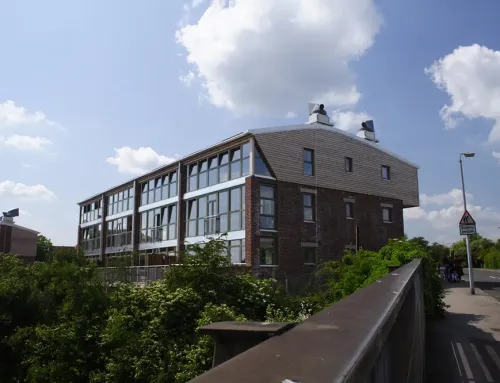ZED Boat
Project information
Client: Jamie Darke
Project Date: 2008-2010
Site Location: South Bank, London
Project Status: Construction Finished
Adapting to climate change – How will we live in places like the Thames Valley as sea levels rise?
Most people now agree that floods caused by a mixture of rising sea levels, high tides, strong winds and flash flooding from heavier rainfall in river valleys and estuaries is likely to blight large areas of valuable land all over the world.
ZED has developed two strategies designed to make development viable within land designated by the environment agency as floodplain.
The first is a self-funding flood defense wall, high enough to protect existing communities or new development plots from Spring tides, gale-force winds blowing in the wrong direction and high rainfall upriver falling on saturated countryside or the urban jungle.
This inhabited Dyke approach integrates enough valuable income-generating commercial and residential accommodation into the engineering structure to subsidise the initial construction, removing the major excuse for inaction by public bodies and landowners. Think of this process as climate change adaptation funded by planning gain.
This protects local agricultural land, suburban areas and development sites, at the same time as providing an electric light tramway connecting the new homes to existing public transport nodes without encouraging car use. Enough solar electricity is harvested above the tracks over a year to power a tram every 10 minutes, even in the South East. Monocrystalline PV backed up by community-scale turbines set in a linear allotment belt makes the new community comfortably zero carbon, and small biogas units providing methane for cooking and hot water to supplement the solar thermal hot water collectors.
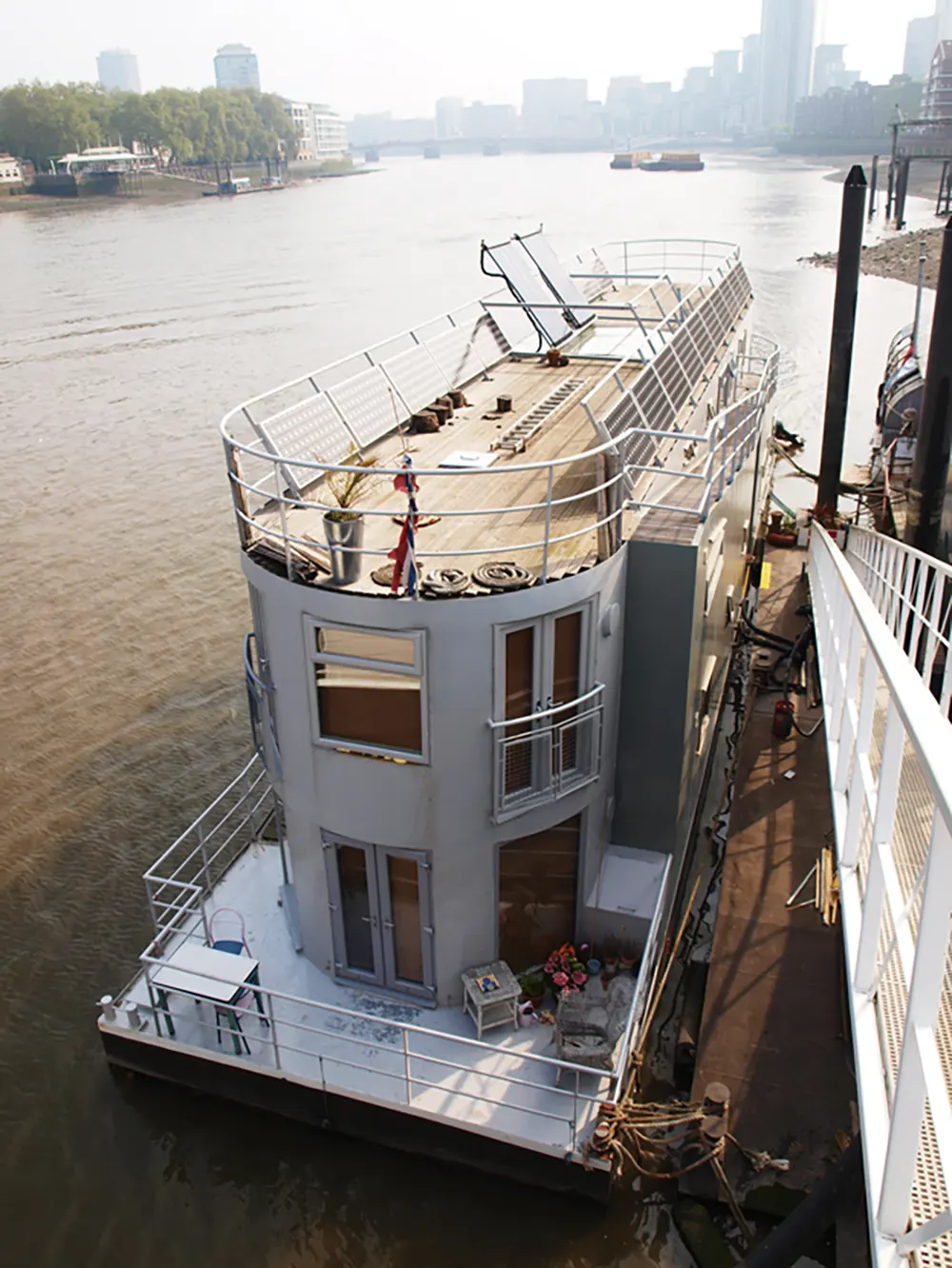
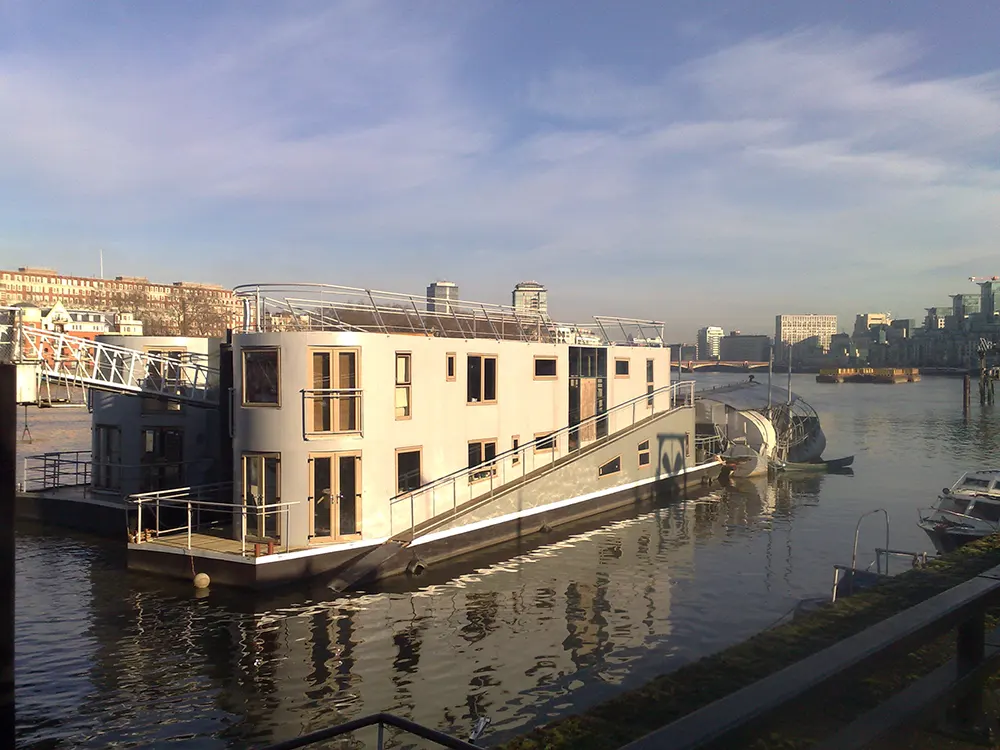
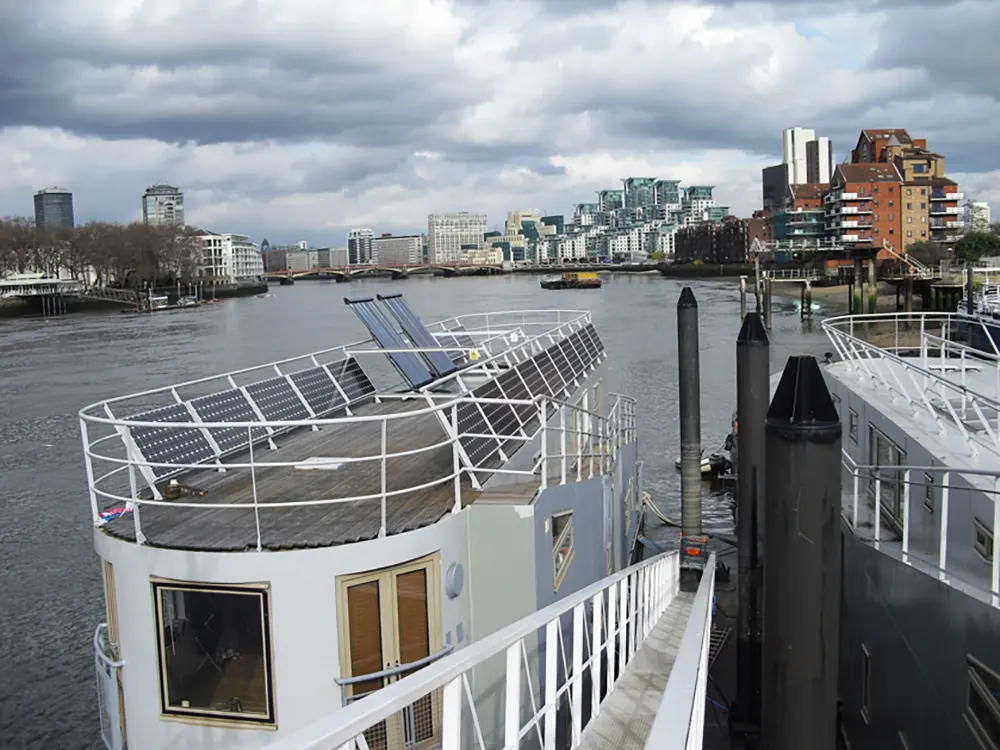
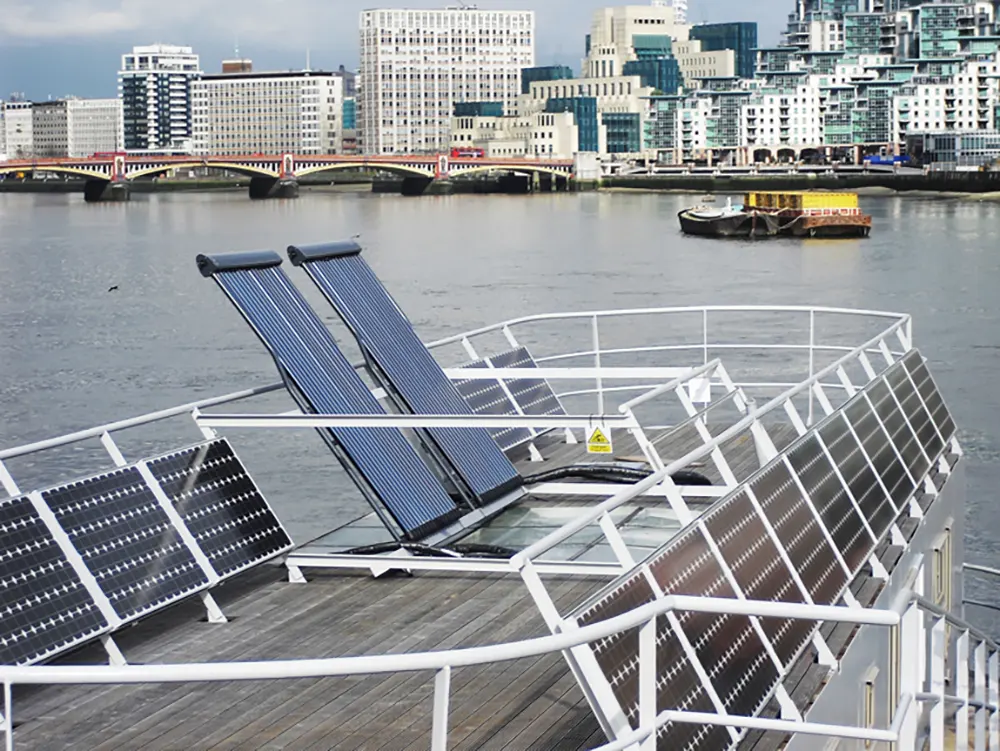
Related Projects
Get in Touch
